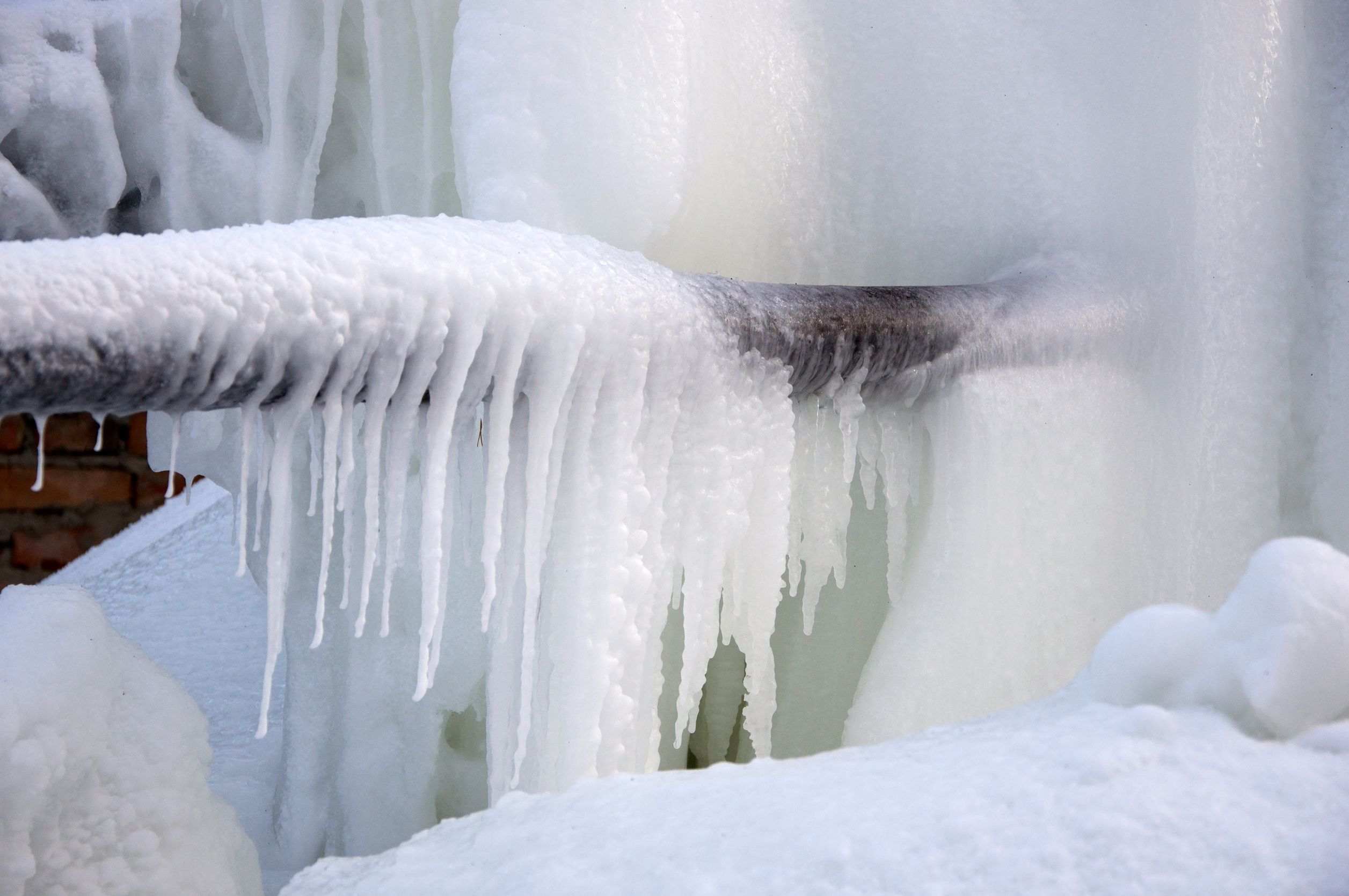Prevent Frozen Plumbing in Cold Weather: Professional Advice
Prevent Frozen Plumbing in Cold Weather: Professional Advice
Blog Article
This post further down pertaining to Winter Plumbing Precautions: Preventing Frozen Pipes is without a doubt informative. Give it a go and make your own conclusions.

Cold weather can wreak havoc on your plumbing, especially by freezing pipelines. Here's just how to prevent it from happening and what to do if it does.
Introduction
As temperature levels decrease, the risk of frozen pipes boosts, possibly resulting in pricey repairs and water damage. Recognizing how to prevent frozen pipes is critical for property owners in chilly climates.
Avoidance Tips
Insulating vulnerable pipes
Cover pipes in insulation sleeves or make use of warm tape to safeguard them from freezing temperature levels. Focus on pipelines in unheated or exterior areas of the home.
Heating strategies
Keep interior rooms adequately warmed, particularly areas with pipes. Open up cupboard doors to permit warm air to distribute around pipes under sinks.
How to determine icy pipelines
Try to find lowered water flow from faucets, unusual odors or noises from pipes, and visible frost on revealed pipes.
Long-Term Solutions
Architectural modifications
Consider rerouting pipes far from outside wall surfaces or unheated areas. Add additional insulation to attic rooms, basements, and crawl spaces.
Upgrading insulation
Purchase high-grade insulation for pipes, attics, and walls. Proper insulation assists preserve constant temperatures and minimizes the danger of frozen pipes.
Safeguarding Outside Plumbing
Garden hoses and exterior taps
Detach and drain pipes garden hoses before winter season. Set up frost-proof faucets or cover outdoor faucets with shielded caps.
Recognizing Icy Pipelines
What causes pipes to ice up?
Pipes ice up when subjected to temperature levels below 32 ° F (0 ° C) for extended periods. As water inside the pipelines freezes, it broadens, putting pressure on the pipeline wall surfaces and potentially triggering them to break.
Risks and problems
Frozen pipes can bring about water disturbances, home damage, and pricey repair services. Burst pipes can flooding homes and create comprehensive architectural damages.
Indicators of Frozen Pipeline
Determining icy pipelines early can stop them from breaking.
What to Do If Your Pipelines Freeze
Immediate activities to take
If you believe frozen pipes, keep faucets open to ease stress as the ice thaws. Utilize a hairdryer or towels soaked in hot water to thaw pipelines gradually.
Verdict
Protecting against frozen pipes calls for proactive measures and fast actions. By recognizing the causes, signs, and preventive measures, homeowners can safeguard their plumbing throughout cold weather.
5 Ways to Prevent Frozen Pipes
Drain Outdoor Faucets and Disconnect Hoses
First, close the shut-off valve that controls the flow of water in the pipe to your outdoor faucet. Then, head outside to disconnect and drain your hose and open the outdoor faucet to allow the water to completely drain out of the line. Turn off the faucet when done. Finally, head back to the shut-off valve and drain the remaining water inside the pipe into a bucket or container. Additionally, if you have a home irrigation system, you should consider hiring an expert to clear the system of water each year.
Insulate Pipes
One of the best and most cost-effective methods for preventing frozen water pipes is to wrap your pipes with insulation. This is especially important for areas in your home that aren’t exposed to heat, such as an attic. We suggest using foam sleeves, which can typically be found at your local hardware store.
Keep Heat Running at 65
Your pipes are located inside your walls, and the temperature there is much colder than the rest of the house. To prevent your pipes from freezing, The Insurance Information Institute suggests that you keep your home heated to at least 65 degrees, even when traveling. You may want to invest in smart devices that can keep an eye on the temperature in your home while you’re away.
Leave Water Dripping
Moving water — even a small trickle — can prevent ice from forming inside your pipes. When freezing temps are imminent, start a drip of water from all faucets that serve exposed pipes. Leaving a few faucets running will also help relieve pressure inside the pipes and help prevent a rupture if the water inside freezes.
Open Cupboard Doors
Warm your kitchen and bathroom pipes by opening cupboards and vanities. You should also leave your interior doors ajar to help warm air circulate evenly throughout your home.

I am just very involved in How to Prevent Your Pipes From Freezing and I am praying you appreciated my blog entry. Do you know about another individual who is serious about the niche? Do not hesitate to promote it. I appreciate your readership.
Apply Now Report this page